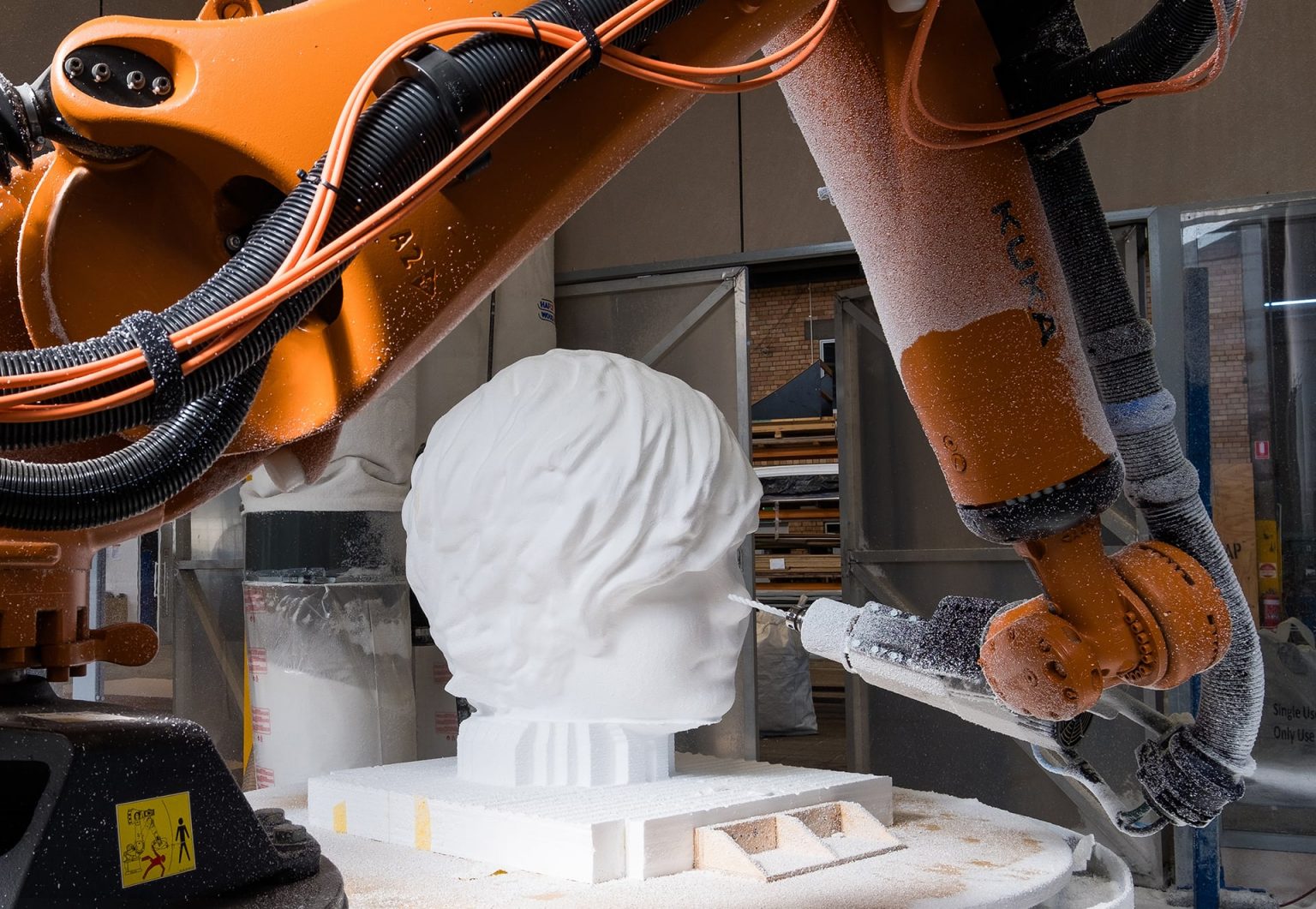With the advancement of technologies driven by Industry 4.0, the opportunities to improve manufacturing processes and production are seemingly endless. Utilising robotics and artificial intelligence for manufacturing plays an important role in the future of Australian enterprises, including improving sovereign capabilities, demonstrated in this case study.
As part of the Innovative Manufacturing CRC (IMCRC) funded Design Robotics for Mass Customisation Manufacturing project with partners UAP, QUT (Queensland University of Technology), and RMIT University, ARM Hub collaborated on this project that taught ‘robots to see’ using AI to improve the mass customisation capabilities of robotic manufacture. The project was led by Associate Professor Jared Donovan and involved ARM Hub experts and staff: Associate Professor Glenda Caldwell, Professor Jonathan Roberts, Müge Belek Fialho Teixeira, and Associate Professor Cori Stewart.
UAP is a Brisbane-based design studio, manufacturer and foundry delivering public art and large-scale creative projects across the globe. To remain globally competitive, over the last four years UAP has developed advanced manufacturing capabilities with the help of ARM Hub.
One of the project focus areas involved redefining UAPs manufacturing practices. The result was a dramatic increase in the company’s competitiveness, expanding its unique capabilities in the global market. ARM Hub has assisted UAP in taking advantage of the changed global condition and boosted its ability to re-onshore its global manufacturing at ARM Hub’s base, north of Brisbane. Onshoring their manufacturing has not only allowed for a keen eye to oversee the production, it has also allowed UAP to on-board an additional 43 Australian based employees.

Observing the Operations
Throughout the four year project, UAP worked alongside two universities to create a technology implementation map to enable robotics and assistive technologies to alter their current manufacturing processes. With an interest in pursuing the possibilities to see, UAP invested $1.5 million into the Design Robotics project to apply robotic vision research into their business. UAP’s products are highly customised and therefore the robot needs to ‘see’ and ‘learn’ each new object before it can take on the dull and dirty task of polishing – a substantial research challenge.